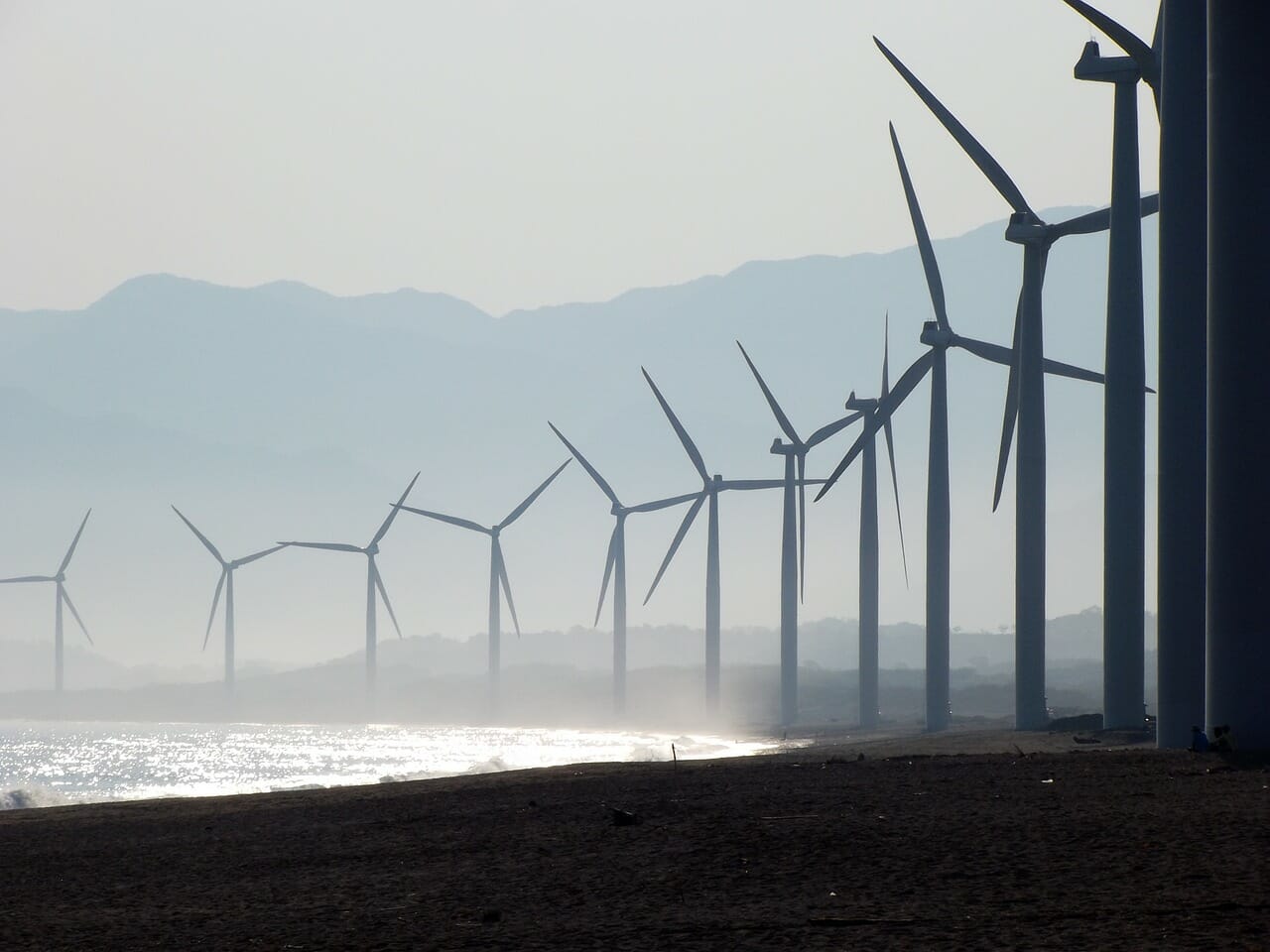Climate change is one of humanity’s biggest challenges today, and renewable energy sources are vital to the solution. As more countries worldwide move away from fossil fuels and toward renewable power sources, it’s essential to understand the trends shaping this transition. Many factors drive the shift towards renewables, from technological advances to policy changes. Neville Voss looks at some of these trends and explores how they may shape our future energy landscape.
Solar Energy
With an ever-increasing concern over carbon emissions and the impact of human activity on the environment, it is not surprising that the popularity of solar panels is soaring in Hampshire, UK. Not only do solar panels allow households and businesses to become more self-sufficient, but they also provide a clean and renewable source of energy. Solar energy is now the fastest-growing source of power in the world. With advances in technology and a greater understanding of the benefits of renewable energy, it seems likely that the popularity of solar panels will only continue to grow in the coming years.
Wind Power
The power of the wind has been harnessed for centuries, from the basic sailboats that traveled across oceans to the modern wind turbines that generate electricity for homes and businesses. Wind power is a clean and renewable form of energy that doesn’t release pollutants into the air and doesn’t contribute to climate change.
The turbines used to generate wind power are sleek and elegant, with spinning blades that can reach heights of over 400 feet. They are a magnificent sight to behold and a testament to human ingenuity. Wind power is the future of energy, and we must continue investing in this technology to ensure a sustainable future for future generations.
Hydropower
Hydropower is a technology that harnesses the power of flowing water to generate electricity. It’s a clean and renewable energy source that doesn’t rely on fossil fuels, making it more environmentally friendly than traditional methods. Hydropower plants can range in size from small systems that power a single home to large-scale projects that can supply electricity to entire cities.
The basic principle is simple: moving water turns a turbine, which drives a generator to create electricity. This process can be used on rivers, streams, and even man-made canals to create a steady power supply. Hydropower has long been recognized as a reliable and cost-effective way to generate electricity. As the world shifts towards more sustainable energy sources, it is expected to play an increasingly important role in our energy mix.
Geothermal Energy
Geothermal energy is an innovative way to utilize the Earth’s natural heat sources to generate power. By harnessing the hot water and steam from deep beneath the Earth’s surface, we can produce electricity with little to no carbon emissions. The beauty of this renewable energy source is that it can be accessed almost anywhere on Earth, making it a sustainable way to power our cities and homes. Taking advantage of this technology helps reduce our carbon footprint and the cost of energy production in the long run. By tapping into the Earth’s heat sources, we can pave the way for a greener future and a more sustainable living.
Bioenergy and Biomass
The world has become increasingly aware of the need for sustainable living and renewable resources’ role. According to Neville Voss, bioenergy and biomass have emerged as essential players in this effort, offering a viable alternative to traditional energy sources.
Bioenergy is derived from biomass conversion into usable energy, while biomass refers to organic material such as crop residue, wood, and municipal waste. These renewable resources have the potential to reduce greenhouse gas emissions and provide energy security, all while promoting economic development in rural areas. With their versatile applications, bioenergy and biomass are recognized as essential components of a sustainable future.
Wave and Tidal Energy
The world is constantly searching for new, renewable energy sources, and one solution lies deep within our oceans. Wave and tidal energy harness the power of ocean currents to generate electricity, offering a unique and sustainable alternative to traditional methods. This technology takes advantage of the natural flow of the tides and waves, using specially designed underwater turbines to convert the kinetic energy of the currents into usable electricity. By tapping into this limitless energy source, we can reduce our reliance on damaging fossil fuels and make strides toward a more sustainable future. As technology continues to advance, so too does our capacity to harness the power of the ocean and unlock its true potential.
Smart Grid Technology
With the increasing electricity demand, it’s vital to ensure that we have a reliable and accessible electrical grid system. Luckily, smart grid technology has emerged as a game-changer in the energy industry. Smart grid technology uses advanced communication and control techniques to optimize the performance of the electrical grid system.
This technology has allowed us to automate the grid and monitor the energy flow in real time. Doing this can prevent power outages, reduce electricity costs, and improve energy efficiency. Additionally, smart grid technology has enabled renewable energy sources to be integrated into the electrical grid system. Thus, we are moving towards a sustainable energy future, prioritizing accessibility and reliability.
Final Thoughts
Harnessing the various renewable energy sources available is crucial for sustainable living and a green future. With the right technology, Neville Voss believes we can create an energy system that is cleaner, more efficient, and accessible for everyone. We can shape our energy landscape and ensure that our children live in a world with clean air and safe energy sources. By taking advantage of renewable energy sources, we can pave the way for a greener future and a more sustainable living. We can create a sustainable and reliable energy system with the right technology.




